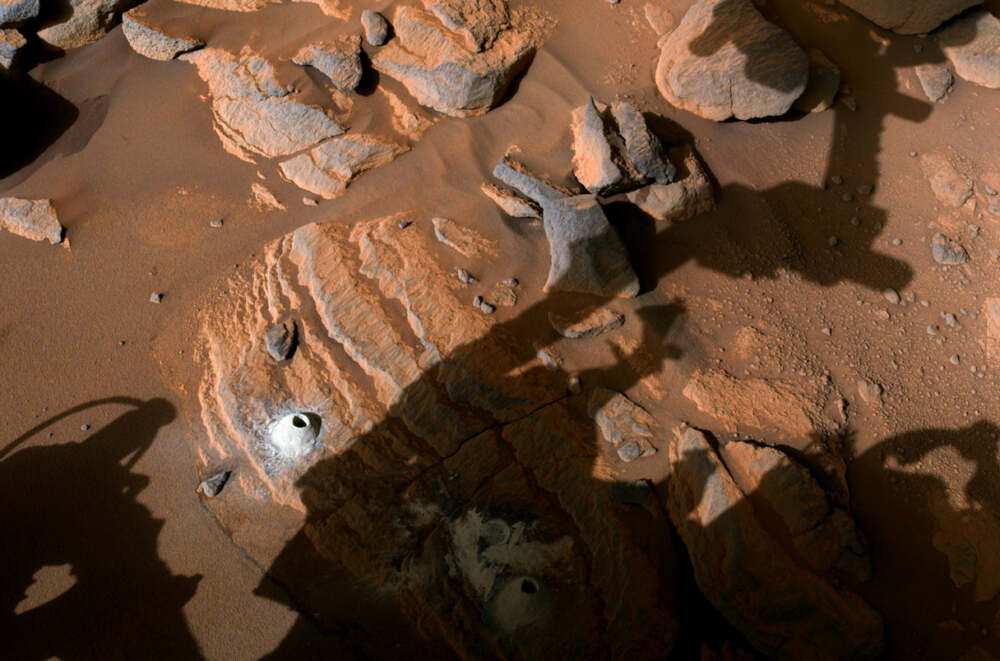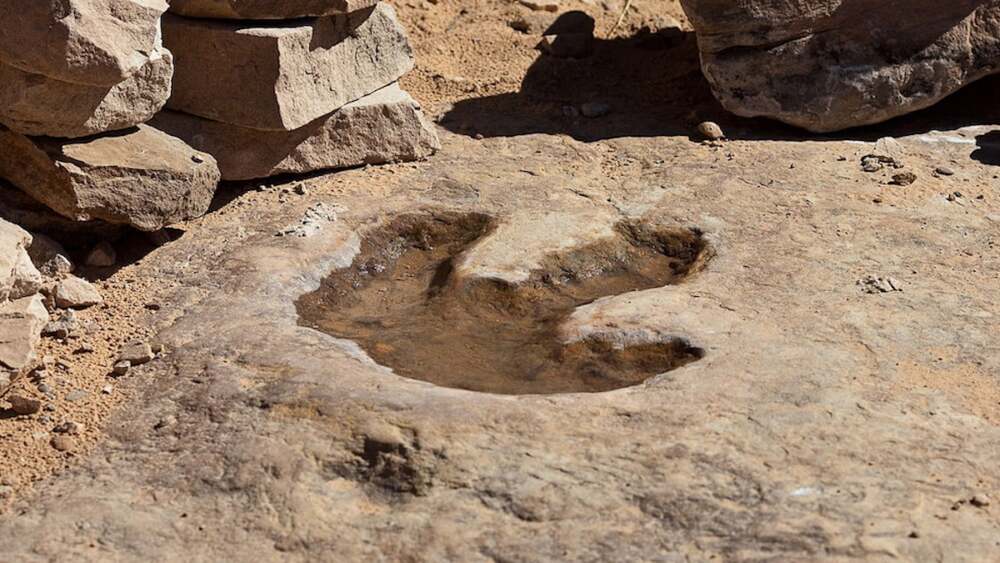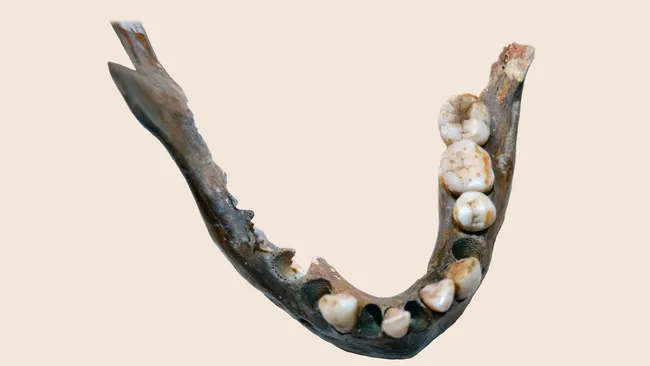NASA’s Perseverance rover has discovered unusual mineral and chemical signatures in Martian rocks that many scientists believe may be the strongest hints yet of ancient microbial life on Mars. But while the findings are exciting, experts agree that bringing samples back to Earth is essential for confirmation—and that mission is facing more challenges than ever.
What the Rover Found
- An area known as the Bright Angel formation in the dry riverbed of Neretva Vallis, which feeds into the Jezero Crater, has yielded mudstone rocks. One notable sample, nicknamed “Cheyava Falls,” contains reddish mud rich in clay, organic carbon, iron phosphate, iron sulfide, and minerals like vivianite and greigite. These minerals are often associated on Earth with microbial metabolic processes.
- The rock also displays intriguing patterns—“leopard-spots” and nodules—that suggest reaction fronts where organic matter may have interacted with minerals under low-temperature conditions. Scientists caution, however, that non-biological processes could potentially produce similar signatures.
Why These Discoveries Matter
- These samples contain three major ingredients often needed for life as we know it: water (ancient lakebed environment), organic molecules, and energy sources (minerals that can undergo chemical reactions favorable for life).
- The findings represent some of the most compelling evidence to date for possible past life on Mars, and they help sharpen our understanding of Mars’s habitability billions of years ago.
The Sample Return Mission: Importance & Status
- Perseverance has been caching rock and soil samples in sealed tubes since landing, with the plan that they will eventually be retrieved and brought back to Earth as part of the Mars Sample Return (MSR) mission. Once in Earth labs, these samples can be studied with far more sensitive and diverse instruments than are possible on Mars.
- However, the MSR effort faces rising costs, delays, and engineering challenges. Originally projected to return samples by the early 2030s, the timeline has slipped, with some projections now pushing the return into the 2040s if current plans hold. A range of mission designs are being considered to reduce cost and time.
What Happens if Sample Return Slips?
- Without returning Mars samples to Earth, the current discoveries remain strong suggestions rather than proofs. On-site instruments on Mars are powerful, but they have limitations: calibration, range of measurements, and the inability to perform certain kinds of analyses that require large, sensitive laboratory setups.
- Scientists are presently weighing alternate methods like deeper sampling, more geological context, and stricter comparisons to Earth analogues. But all agree that Earth lab analysis is the gold standard for verifying biosignatures.
Bottom Line
What Perseverance has found is possibly the most persuasive hint yet of ancient life on Mars—but it’s still a hint. To move from possibility to proof, the Mars Sample Return mission must succeed. Scientists everywhere are watching and hoping that budgetary, technical, and political hurdles can be overcome so that the rocks carrying these clues can finally make their journey home
















Leave a Reply